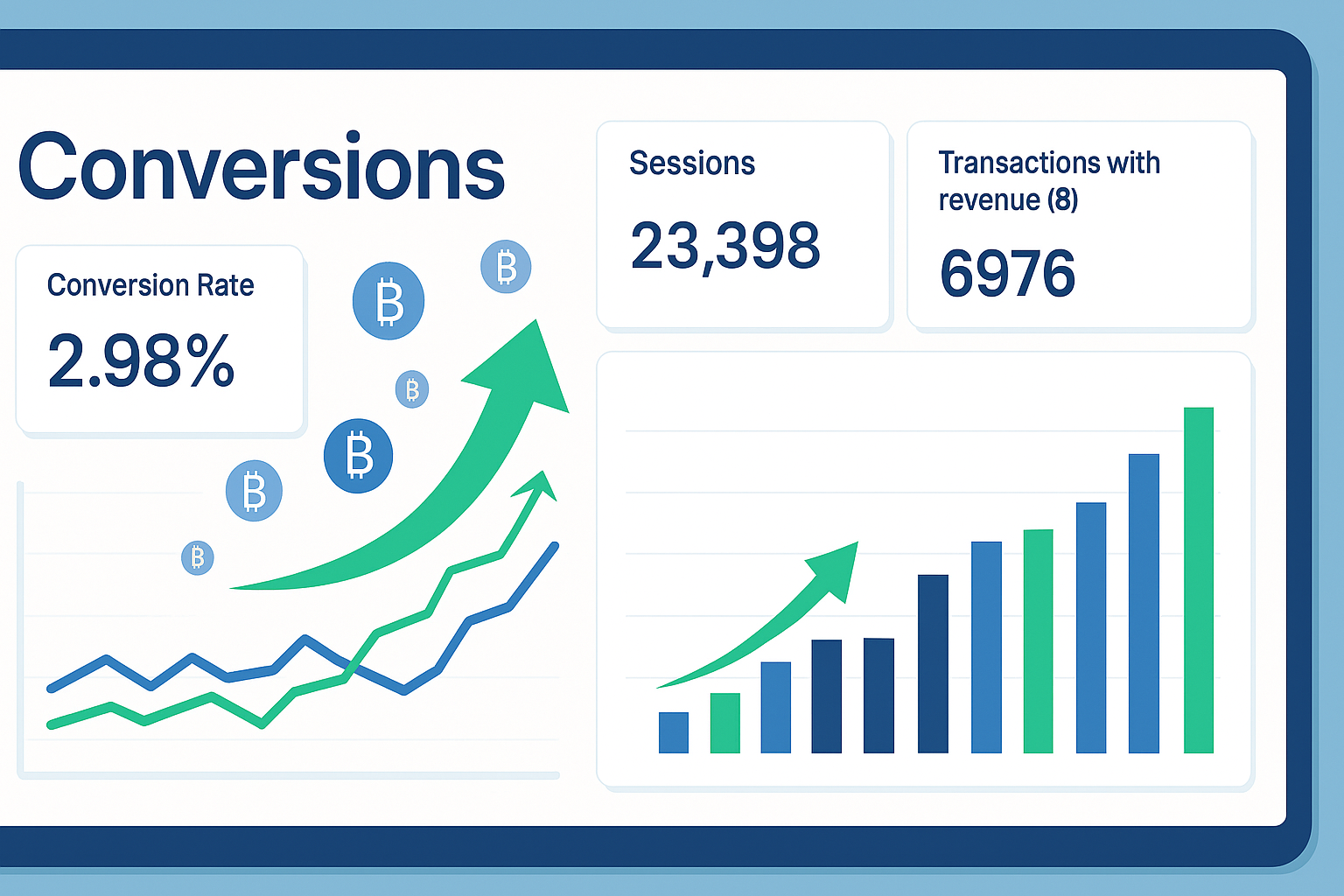Wondering About ROI on Your Digital Marketing?
Let’s Decode It!
- The ROI Quest Begins
You’ve launched your digital marketing campaigns—ads, social media, email blasts—but now what? How do you measure success? Enter ROI (Return on Investment), your trusty compass in the vast digital ocean. - Setting Sail with Clear Goals
Before you hoist the ROI flag, set clear goals. What do you want to achieve? Increased sales? Brand awareness? Lead generation? Each goal shapes your journey. - The Analytics Spyglass
Ahoy! Analytics tools like Google Analytics and social media insights are your spyglasses. They reveal who’s visiting your virtual shores, where they’re coming from, and what they’re doing. Dive into metrics like:- Conversion Rates: How many visitors turn into customers?
- Click-Through Rates (CTR): Who’s clicking those enticing links?
- Cost Per Acquisition (CPA): What’s the price tag on each new customer?
- Bounce Rates: Who’s abandoning ship too soon?
- The ROI Treasure Map
X marks the spot! Calculate ROI using this formula:
ROI = ((Revenue – Cost) \ Cost) x 100%
Positive ROI? You’re sailing toward gold doubloons! - Why Do Longer Posts Perform Better?
Ah, the age-old question! Longer blog posts (like this one) tend to rank higher in search results. Google loves comprehensive answers. But fear not—writing long-form content isn’t as daunting as a sea monster. Here’s how:- Research First: Gather your treasure map (research) before setting sail.
- Strategic Keywords: Sprinkle them like breadcrumbs.
- Detailed Outline: Plot your course.
- Headings and Sections: Clear signposts for readers.
- Images: Break up the text like colorful coral reefs.
- Sentence Variety: Smooth sailing with varied structures.
- Bullet Points: Like hidden coves of information.
- Active Voice: Engage readers like a lively parrot.
- Readability: Keep it breezy—no stormy seas of jargon.
- The Perfect Blog Post Length?
While there’s no one-size-fits-all answer, studies suggest an ideal range:- HubSpot: 2,100-2,400 words for search engine success.
- Backlinko: Google first-page results average 1,447 words.
- Medium: Aim for a 7-minute read (around 1,000-1,500 words).
- Sail On, Captain!
Armed with analytics and a well-crafted blog post, navigate the ROI waters. Remember, every piece of content is a plank in your digital ship. Make it sturdy, informative, and engaging. - Need Guidance? We’re Your First Mate!
Got questions? Lost at sea? We’re here to help! Let’s hoist the anchor and set sail toward ROI treasures. 🌊🔍
How to Measure Marketing ROI
ROI Attribution Approach
- Determine the closing rate on phone calls/form submissions/visitors to your location
- Calculate the value of your average sale
- Determine the ROI from phone calls/form submissions/visitors to your location
- Put more money into the efforts with the highest ROI and less (or none) into the ones with the lowest ROI
Formula: [(number of leads x lead close rate x average sale price) – cost of marketing] / cost of marketing x 100 = ROI
- Email
Key metrics to analyze include:- Deliverability rate
- Open rate
- Click rate
- Social Media
Key metrics to analyze include: - Reach
- Impressions
- Engagement
- Cost per click
- Conversions
- Google Analytics
Key metrics to analyze include:
- Users
- Average session duration
- Pageviews
- Pages per session
- Bounce rate
- Goal completions
- Google Ads/PPC
Key metrics to analyze include:- Impressions
- Clicks
- Clickthrough rate (CTR)
- Average cost per click (CPC)
- Conversions
- UTMs
UTMs are modifiers applied to the URL you are sending web traffic to that enable you to track marketing performance within Google Analytics. UTMs can be utilized for:- Emails
- Social media posts
- Social media ads
- Website/digital ads
- Print ads when used in conjunction with a redirecting URL






